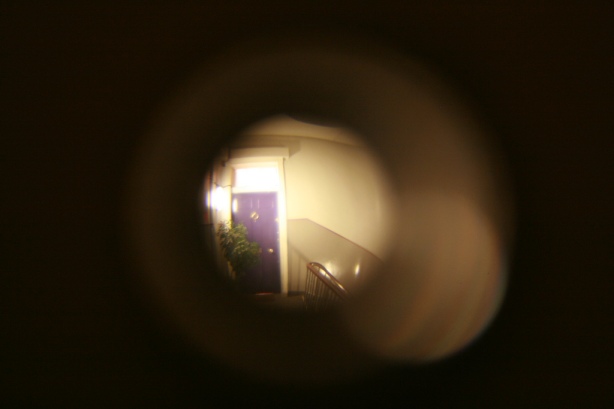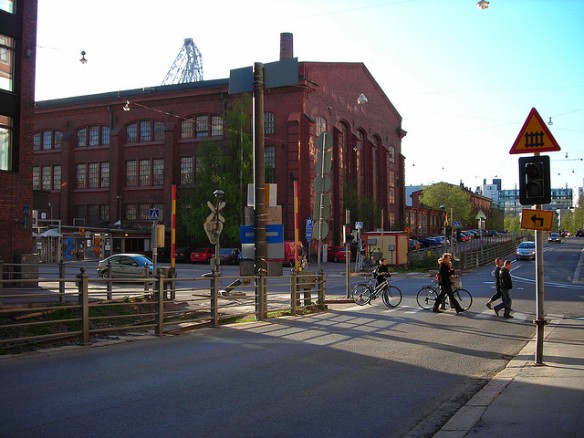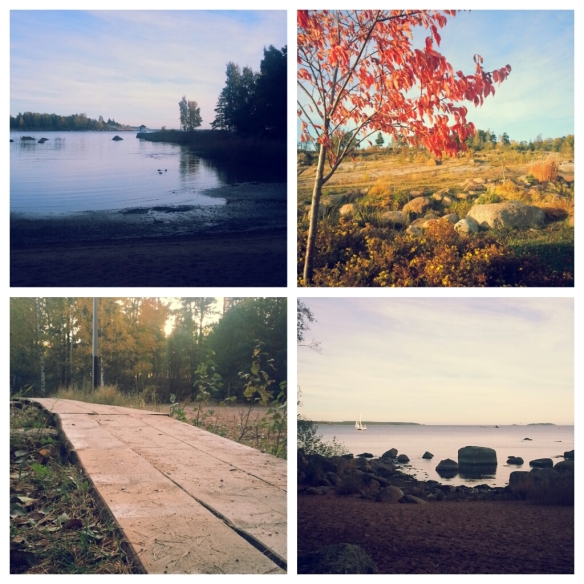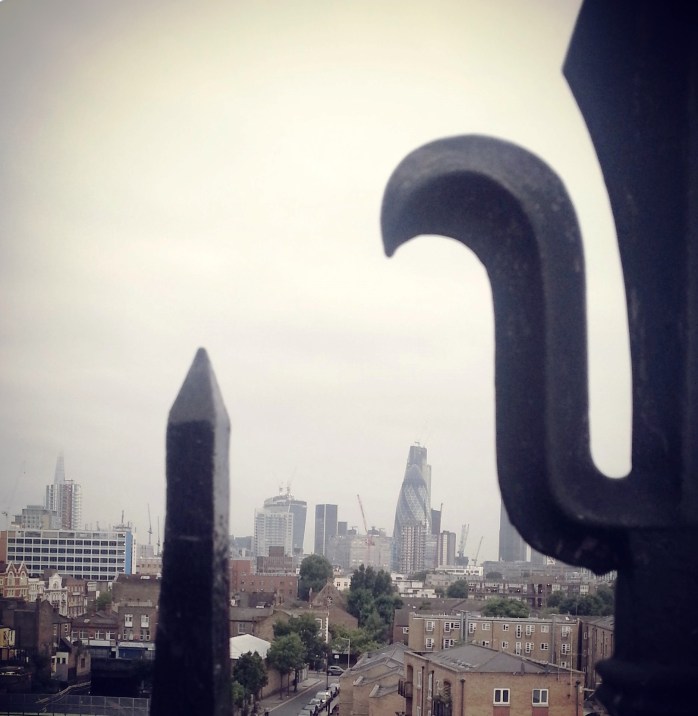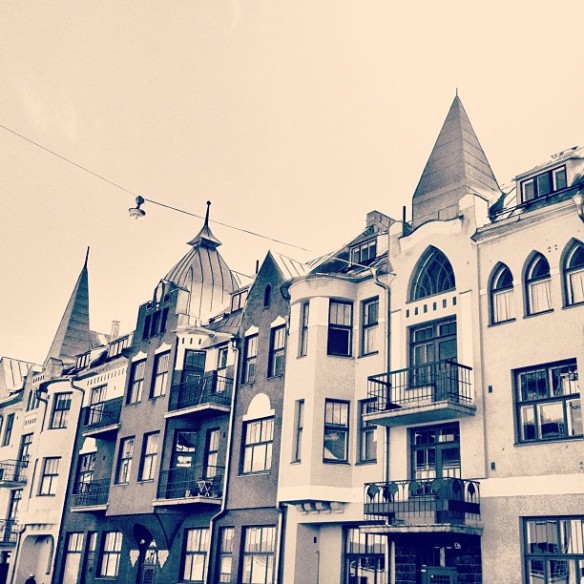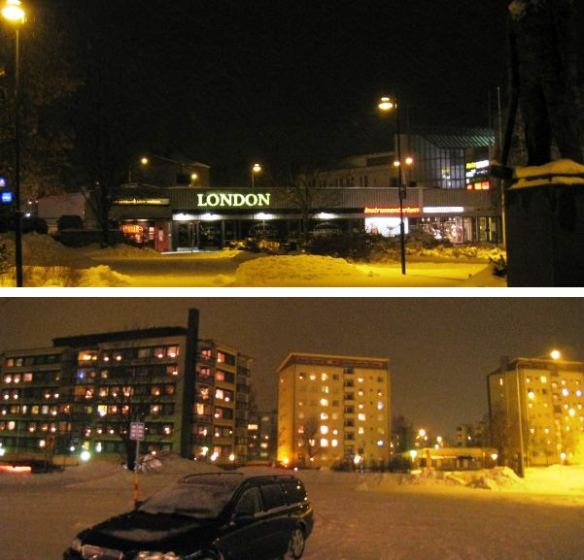When a Finnish teenager graduates from secondary school, they’re likely to sigh of relief and relocate to their first own place. Much the same as in any other country.
What makes the Finnish first-time-away-from-home-r different from others, is where they’re heading. A lot of them move to their own place, a studio or a one-bedroom flat. Flatshares are reserved for those living on a tight budget, opting for university housing association provided flats. I’ve only heard of a couple of instances where people choose live in a flatshare if they could afford a smaller place for themselves.
For people living outside of the Helsinki metropolitan area, renting a flat is relatively affordable. By getting a place of their own, they’re partaking in our ancient ritual of becoming independent and self-sufficient. It’s considered almost a rite-of-passage and until you have a place of your own, you’re not really an adult.
As I was thinking about this topic, it struck to me that even the Finnish word for flatshare, solu, translates as cell. So whereas in Finnish it means both the basic unit of organisms and a flatshare, in English it also means a prison. I don’t think it’s a coincidence.
As for myself, I was the odd one out and moved to the UK when I was 19. And like most freshers, I opted to live in university accommodation which meant that I shared a flat with five other girls. From thereon, I’ve lived in flatshares varying from two to seven people. It hasn’t always been peachy, but I’ve made some wonderful friends and certainly have my fair share of stories to tell.
But my Finnishness hasn’t completely worn off despite years of sharing a flat with strangers and sometimes friends. While I share some of the communal areas with others, my room is my sanctuary. When at home, I rarely hang out anywhere else – I eat, read and watch tv in my room.
Having recently just moved back to Brussels and to a new flatshare, I’m probably going to send this link to my new flatmates to subtly let them know I’m not rude and recluse, merely cherishing my own space and being a Finn.


